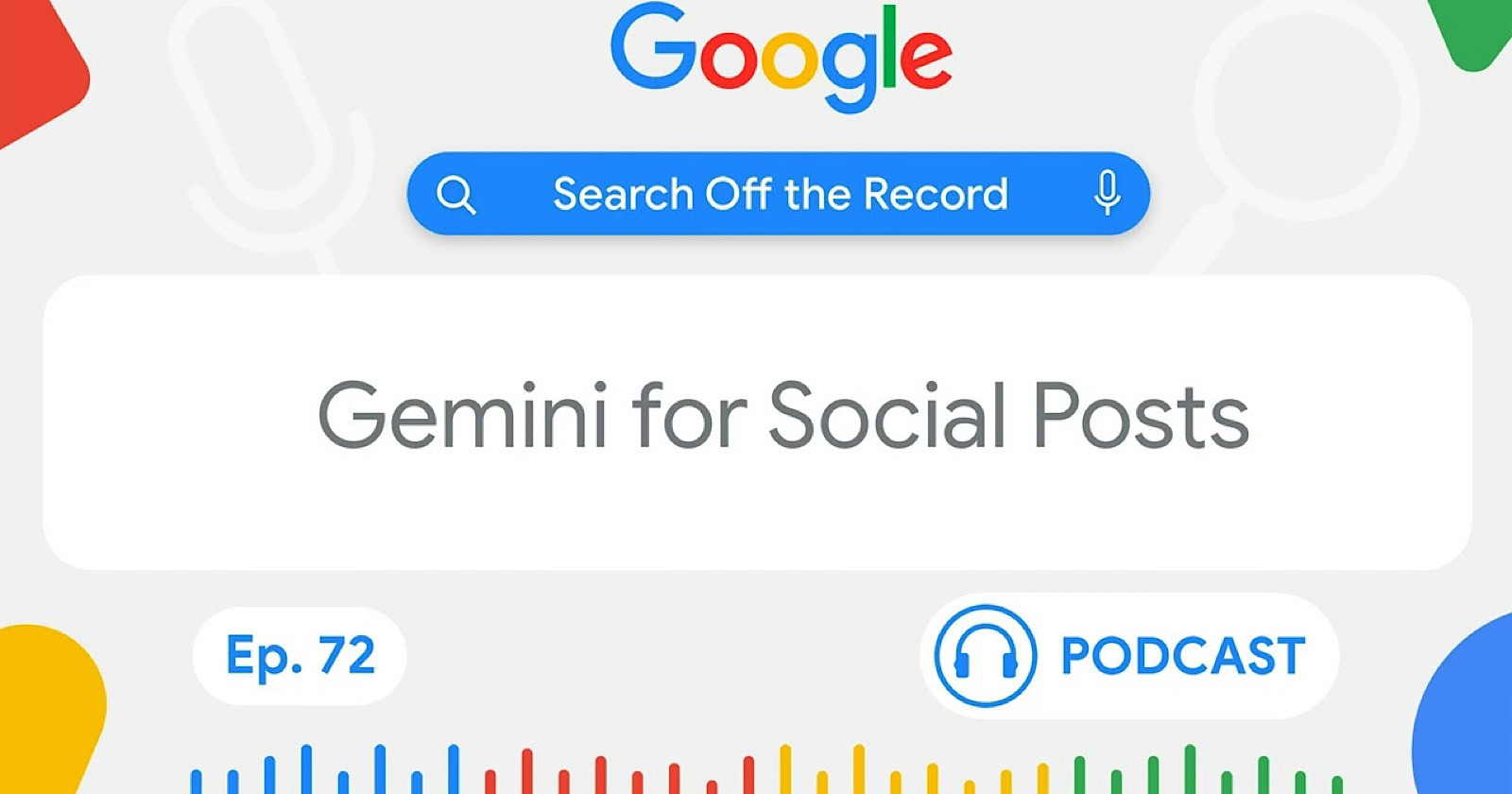The phrase “SEO content” can be construed as an insult. It calls to mind a series of poor writing choices that result in content that no human (or bot) wants to consume.
You know crummy SEO content when you see it: dull, formulaic, keyword-laden content that could accommodate just about any industry, company, or keyword theme. This type of content written purely for search engine optimization (SEO) reflects poorly on your brand and can damage your organic search performance. It bears repeating: The days when crummy SEO content improved organic search rankings are long gone.
Google, in particular, feels so strongly that crummy SEO content damages user experience that they have released a series of Helpful Content Updates (HCUs) to promote sites that create “helpful, reliable, people-first content” written for humans rather than bots. Since 2022, performance declines during the periodic HCUs identified sites with content helpfulness issues. As of this month, though, the HCU has been bundled into Google’s March 2024 Core Update, never again to send solo signals to alert sites that they have a specific helpful content issue. Instead, you’ll have to guess which system within the Core Update was responsible for your performance decline.
Still, you should know when your content is intended solely for gaming the search engines, even without the aid of an HCU to knock performance down. If you’re not sure, measure your content against these nine signs that you’re writing crummy SEO content.
If your content falls back on one or two of these tactics, you might be OK, but crummy SEO content tends to tick all nine of these boxes.
1. Formulaic Writing
If you can substitute any company or keyword theme into your copy, it’s probably formulaic SEO copy. For example, this construction is common with sites that display crummy SEO content:
Do you need keyword? We have keyword for sale. Whether you need a high-quality keyword or keyword, or you’re looking for keyword, keyword, or keyword, you’ll find a wide selection of keyword at Company Name.
Templates like this allow SEO professionals to shoehorn keywords into a grammatically correct boilerplate that doesn’t actually communicate any value. In addition to being mind-numbingly dull, formulaic writing is easily identifiable as unhelpful content.
2. Keyword Stuffing
Perhaps the oldest form of organic search spam, keyword stuffing is the practice of forcing so many keywords into a piece of content that it reads poorly. For example, the following copy is stuffed full of the keyword “stuffed animals.”
We carry brand-name, high-quality stuffed animals, plush animals, and other plush toys. We are proud to offer some of the best names in stuffed animals. We offer thousands of different styles of stuffed animals, from traditional teddy bears to more unusual stuffed animals like stuffed platypus and stuffed gemsbok. All of the stuffed animals we sell meet or exceed US Safety standards.
While there is no ideal ratio of keywords to non-keywords in a piece of content, the five instances of the keyword smashed into the 62-word paragraph of text above is clearly keyword-stuffed.
If you’re using a formula, you’re probably also keyword stuffing. Copy crammed with too many keywords is easy to detect, which means that it’s easy for Google’s algorithms to demote.
3. Overuse of Minute Keyword Variants
Deep keyword research is important to understanding the breadth and depth of a keyword theme. But using every keyword in the book on the same page of copy is just another form of keyword stuffing. Especially when all of the variants include the same primary keyword nugget, getting all of the long-tail keywords into a piece of copy starts to read poorly.
For example, “stuffed animals for sale,” “best stuffed animals,” “high quality stuffed animals,” and “stuffed animals for girlfriend” all share the same head keyword of “stuffed animals.” Using varied and interesting language generally improves your content, yes. But using minute variations of the same keyword doesn’t achieve stronger content, it just repeats the same phrase over and over.
4. Awkward Grammar to Fit Keywords
Grammatical correctness matters, and Google can detect poor grammar algorithmically, especially when it’s paired with keyword stuffing. Don’t use awkward language to accommodate an exact-match keyword just because a large number of people have typed it into Google’s search box. Some keywords need to be massaged to play nicely with the rest of the sentence. For example, “for sale” keywords in ecommerce content can make for some awkward constructions:
As a producer of potted plants for sale in retail, our company carefully controls the climate, irrigation, and fertilization of our potted plants.
Search engines have been smart enough to recognize synonyms for many years. Google will understand the relevance of your content even if you don’t use the exact-match keyword as long as you provide the proper context and use other grammatically correct keywords.
5. Lazy Word Choices
Think of every keyword like a hole in the swiss cheese of your content. If you mentally remove the keywords and the remaining words aren’t interesting and varied, you might be writing crummy SEO content. Human language is a wonderful and varied landscape of words that describe every concept imaginable. Avoid using vanilla word choices. Just keep your digital thesaurus by you as you write to identify juicier synonyms, especially for verbs and adjectives.
6. Passive Voice
The laziest of word choices, the passive voice enters a sentence when the subject is acted upon rather than taking an action itself. We all learned this in grade school — active language engages the reader and communicates more strongly. Not every sentence can be active, but if the majority is passive, your writing will feel crummier.
7. Over Listing
Lists can be useful tools to communicate the breadth of a subject and aren’t inherently spammy. In fact, bulleted or numbered lists that offer a little more meat on each list item can be quite engaging. However, when paired with keyword stuffing, over-reliance on listing is another indicator of crummy SEO content. For example, these lists found in the same paragraph are intended to hit keyword variants in close proximity rather than communicate any real meaning:
We are committed to providing every school, church, organization, and business with aesthetically pleasing, finely crafted, and high-quality commercial furniture. We offer an extensive selection of chairs, tables, bar stools, booths, table tops, and more.
8. Over Linking
Whether they’re styled as blue underlined link text or not, excessive linking is an eyesore and can detract from the reader’s experience. There’s no ideal ratio of links to text, but if it looks like a long blue blob, it’s probably a list of keyword-stuffed links. Appropriate linking should benefit the visitor, offering to take them to a valuable, related page. Over-linking occurs when SEO professionals feel the need to link to everything everywhere.
9. Overuse of Headings
When a piece of content contains a high heading-to-content ratio, it’s probably crummy SEO content. And no, there’s no ideal ratio. But when each heading has only two or three sentences underneath it, when there are more of them than necessary, and when the headings are full of exact-match keywords, it’s probably spam.
This is an easily identifiable SEO tactic — you’re literally magnifying your spam in large, bold letters. When used correctly, headings should act as milestones within the copy you’re writing, introducing new topics or important points. You should have enough to say on that topic to warrant a heading, or else the content will feel sparse, and the headings will detract from the overall flow of the piece.
These nine tips will help you recognize when you’re writing crummy SEO content. If you are, read up on how to produce high-quality, people-first, helpful content. It’s important today in order to represent your brand well, satisfy visitors, and stay on the good side of Google’s helpful content system. It will also be increasingly important as Google works to surface more hidden gems from the depths of the internet and rolls out the Search Generative Experience, now in beta.
https://www.jumpfly.com/blog/9-signs-youre-writing-crummy-seo-content/



